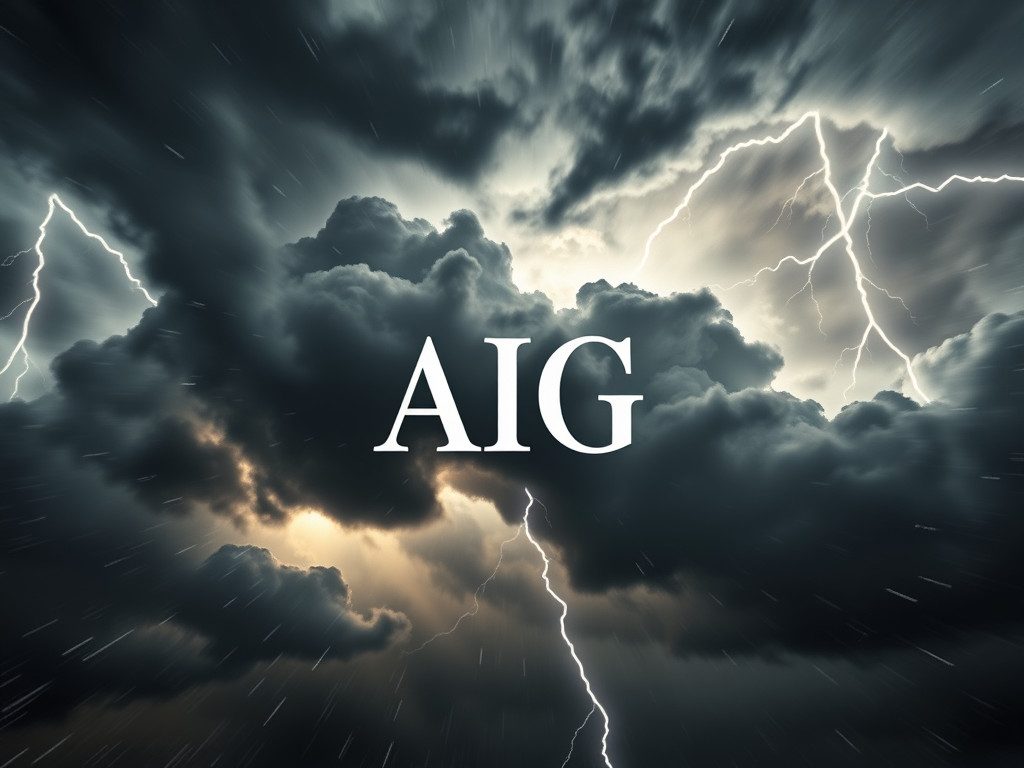Herstatt — The Bank That Died at Noon

The Risk Manager’s Diary – Day 01
Today in my world of risk, let’s talk about: A bank that suddenly vanished in thin air.
This morning, one of my juniors barged into my office with a puzzled look.
“Boss, what’s settlement risk1? Isn’t it just when payments get delayed?”
I smiled. “No. It’s much worse. It’s when you give away your money in the morning… and by the afternoon, the person you trusted is dead. Sit down. Let me tell you about a German bank called Herstatt.”
Cologne, 1974 — The Perfect Storm
Herstatt Bank wasn’t huge, but it loved betting on currencies. Its favorite game? Buy German Deutsche Marks, sell U.S. dollars.
Here’s the catch: money didn’t move instantly across countries.
- In the morning, Herstatt’s counterparties sent it Deutsche Marks.
- Later that day, after New York opened, Herstatt was supposed to send U.S. dollars back.
But on June 26, 1974, regulators finally lost patience. Herstatt had been bleeding from reckless trades. Losses piled up, confidence crumbled. By 3:30 p.m. Cologne time, the German regulators shut it down.
Suddenly, Herstatt was gone.
The counterparties had already paid Deutsche Marks that morning. But when it was time to get their dollars from New York? Nothing. The bank didn’t exist anymore.
The Birth of a New Word
The shock was so great that the financial world created a new term: Herstatt Risk — the danger that one party delivers money, but the other party disappears before delivering theirs.
Imagine handing your car keys to someone in the morning, expecting them to return with your car in the evening. But by the time evening comes, they’ve vanished from the city.
That’s settlement risk.
Why It Still Haunts Us
Even today, decades later, I see Herstatt’s ghost in cross-border trades.
Every time one leg of a deal settles earlier than the other — rupees now, dollars later; yen now, euros tomorrow — I hear it whisper: “Are you sure you’ll get paid back?”
How the World Responded
After Herstatt, banks scrambled for solutions:
- Force both payments to happen at the same time (netting2).
- Make traders put up money in advance (collateral3).
- Or use a global referee that ensures no money moves until both sides are ready (CLS – Continuous Linked Settlement4).
These sound clever — and they are. But I’ll be honest: whenever I see a timing mismatch, I still get chills. Because Herstatt proved that sometimes, a bank can vanish between morning and afternoon.
Closing Diary Note
As I filed away the story, I couldn’t shake the thought: Herstatt’s collapse was not about reckless speculation or fraud, but about timing. It was a reminder that even when creditworthiness looks sound, a simple gap in settlement windows can destroy trust. Herstatt remains etched in history as the purest example of settlement risk — a form of counterparty risk that can turn ordinary transactions into existential threats.
Footnotes
1. Settlement risk — the risk that one party delivers payment but does not receive the counter-payment due to default or timing mismatches.
2. Netting — offsetting multiple obligations so that only the net balance is exchanged.
3. Collateral — assets pledged to secure a transaction, reducing the risk of non-payment.
4. CLS (Continuous Linked Settlement) — a global payment system that ensures both legs of a currency trade are settled simultaneously.
Tracked terms: settlement risk, Herstatt, netting, collateral, CLS.



